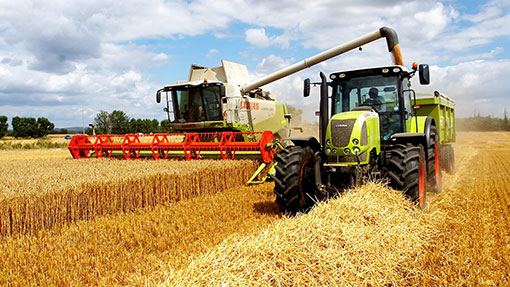10 key findings of EU sustainable intensification report

The term “sustainable intensification” (SI) of agriculture has been suggested as part of the answer to feeding a global population expected to reach nine billion by 2050.
The concept is based on improving the productivity of agricultural land with much higher environmental standards, rather than expanding area under cultivation.
A new 98-page report, entitled The Sustainable Intensification of European Agriculture and published by the Institute of European Environmental Policy (IEEP), teases out the meaning of SI in the context of the European Union.
Here are the 10 key findings of the study:
1. The prime goals of sustainable intensification are a resource-efficient agriculture with significantly higher agricultural performance. Ecosystem degradation is itself reducing agricultural productivity.
2. Sustainable intensification means improving productivity of crops and animals while reducing: the leakages of nutrients, crop protection chemicals and greenhouse gases; soil erosion and biodiversity, habitat and species loss; and expanding conservation outputs of agriculture.
3. Because intensity and sustainability of agricultural systems vary enormously and from site to site, sustainable intensification development paths will differ widely between locations, farming systems and individual farms.
4. More effort should be expended to examine the evidence on environmental thresholds relevant to EU agriculture, particularly those related to climate change.
5. A key common action required of both public and private sectors is research and development. There is clear evidence that agricultural productivity growth responds to research and development effort.
6. Environmental and social considerations have steadily grown in importance in the CAP and this is now the largest operational policy for influencing the rural environment.
7. In addition to better enforcement of existing environmental regulations, and using policy measures under the CAP, changes in farming practices must also come from farmers and private actions.
8. It is not at all clear that farmers appreciate the extent of environmental degradation that has accumulated over the last century, or the potential threat this poses for continued future production.
9. EU agricultural production is already among the most intensive in the world, and the resulting steady productivity growth in Europe has meant that the area of EU agricultural land has slowly been falling.
10. Such is the size of food waste in the EU, that the private and public efforts to reduce this could replace output forgone from some production areas.
